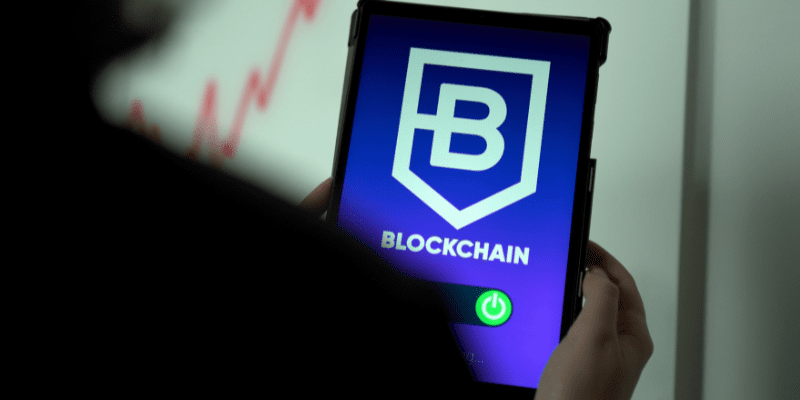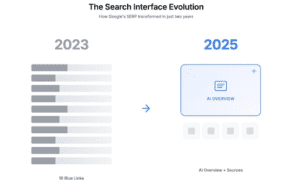Welcome to the future of money transfers, where outdated cross-border payment methods are making way for the revolutionary blockchain technology. This innovative solution is poised to simplify and enhance the way we send and receive money across borders, bidding farewell to exorbitant fees, prolonged processing times, and unreliable intermediaries. Join us as we explore how blockchain technology is reshaping global transactions, making them faster, more cost-effective, and highly secure. Get ready for a transformative journey into the world of blockchain-powered cross-border payments, where geographical distances are no longer a barrier to financial freedom
Introduction to Blockchain Technology
Blockchain technology, often associated with Bitcoin, finds its applications beyond cryptocurrencies. It functions as a distributed database, ensuring secure, transparent, and tamper-proof record-keeping—an ideal solution for managing financial transactions, especially cross-border payments.
Presently, international payments suffer from sluggishness and excessive costs, involving multiple intermediaries, each taking a share. This inefficiency discourages many businesses and individuals from engaging in cross-border transactions.
Blockchain has the potential to streamline international payments by eliminating intermediaries and utilizing a decentralized network. Consequently, it accelerates cross-border transactions, reduces expenses, and enhances security.
Several startups are already developing blockchain-based payment solutions, catering to specific countries, regions, or offering global platforms. As blockchain technology matures, the future of money transfers appears promising.
Benefits of Using Blockchain for Cross-Border Payments
In a world where a significant portion of adults lacks access to a bank account, cross-border payments face numerous challenges. According to the World Bank, a mere 21% of global payments occurred through formal channels in 2017, with the rest relying on informal networks like friends, family, or hawala dealers.
Traditional banking infrastructure was not designed for cross-border payments, resulting in high fees, sluggish processing, and a lack of transparency.
Blockchain technology stands poised to revolutionize cross-border payments, offering a range of advantages:
Cost Reduction: Blockchain significantly lowers transaction costs, a significant advantage over expensive methods like wire transfers.
Accelerated Processing: Blockchain expedites transaction processing, often taking only hours compared to the days or weeks required by traditional methods.
Enhanced Transparency: Blockchain provides greater transparency through a public ledger, allowing all involved parties to view transaction details, fostering trust and reducing fraud.
Improved Security: By using cryptography, blockchain ensures secure, tamper-proof transactions, reducing the risk of fraud and identity theft.
Blockchain technology offers a plethora of advantages over traditional cross-border payment methods, promising speed, security, and cost reduction for both senders and recipients. As the technology evolves, it will become an increasingly attractive solution for global fund transfers.
Challenges of Using Blockchain for Cross-Border Payments
Although blockchain technology holds promise for cross-border payments, it is still in its infancy, with several challenges that require addressing before widespread adoption.
The lack of standardization is a significant hurdle, as different companies and organizations employ varying approaches due to blockchain’s novelty.
Scalability poses another challenge. Blockchain networks currently handle a limited number of transactions per second, far below global payment volumes, necessitating significant scaling.
Security and privacy concerns also loom large. Blockchain’s transparency and immutability could expose sensitive information, while peer-to-peer networking opens avenues for potential malicious attacks.
The Future of Money Transfers: Blockchain’s Transformation of International Payments
The landscape of international payments is evolving rapidly. Traditional cross-border payment methods are often slow, costly, and opaque. Blockchain technology is simplifying and streamlining the process, offering efficiency and transparency.
Blockchain, a decentralized system for secure and swift transactions, has the potential to revolutionize international payments. Traditional cross-border payments involve numerous intermediaries, adding time and cost. With blockchain, these intermediaries become redundant.
Blockchain transactions are fast, cost-effective, and transparent, making fraud difficult. While still in its early stages, blockchain technology promises to permanently transform international payments.
Different Types of Technologies Used in Money Transfers
In today’s interconnected world, diverse technologies facilitate money transfers, replacing outdated methods like cash or checks. These technologies offer distinct advantages and disadvantages.
Peer-to-peer payments, exemplified by apps like Venmo or PayPal, enable direct, swift, and hassle-free money transfers between individuals.
Blockchain technology, renowned for cryptocurrencies but applicable to other payments, eliminates third-party involvement and simplifies cross-border transactions.
Foreign exchange services provide excellent exchange rates and convenience for international money transfers, bypassing traditional banks.
Choosing the right technology depends on individual needs. Regardless of the method chosen, money transfers remain a secure and convenient way to send funds globally.
How to Use Blockchain for Cross-Border Payments
Cross-border payments are evolving with increased global connectivity. Blockchain technology can expedite these payments by eliminating currency conversion and reducing processing times.
To utilize blockchain for cross-border payments, follow these steps:
- Set up a digital wallet connected to a bank account.
- Specify the amount and the recipient’s wallet address.
- Initiate the transaction, which is processed on the blockchain, bypassing currency conversion and middlemen.
Despite its potential, blockchain technology has risks, including regulation absence and potential bugs. Irreversible transactions emphasize the importance of verifying recipients.
In conclusion, blockchain technology promises swift and secure cross-border payments, transforming the financial landscape and offering cost-efficiency and convenience. As blockchain matures, it may become a pivotal tool for expanding businesses into new markets.
Conclusion
Blockchain technology is reshaping the landscape of money transfers, offering swifter, more secure, and cost-effective transactions. As businesses increasingly adopt blockchain for cross-border payments, it’s evident that this technology has the potential to redefine global finance in a matter of years. With blockchain, we can envision a future where international payments are easier, faster, and more affordable for both senders and recipients. Embrace the future of money transfers with blockchain technology.

































